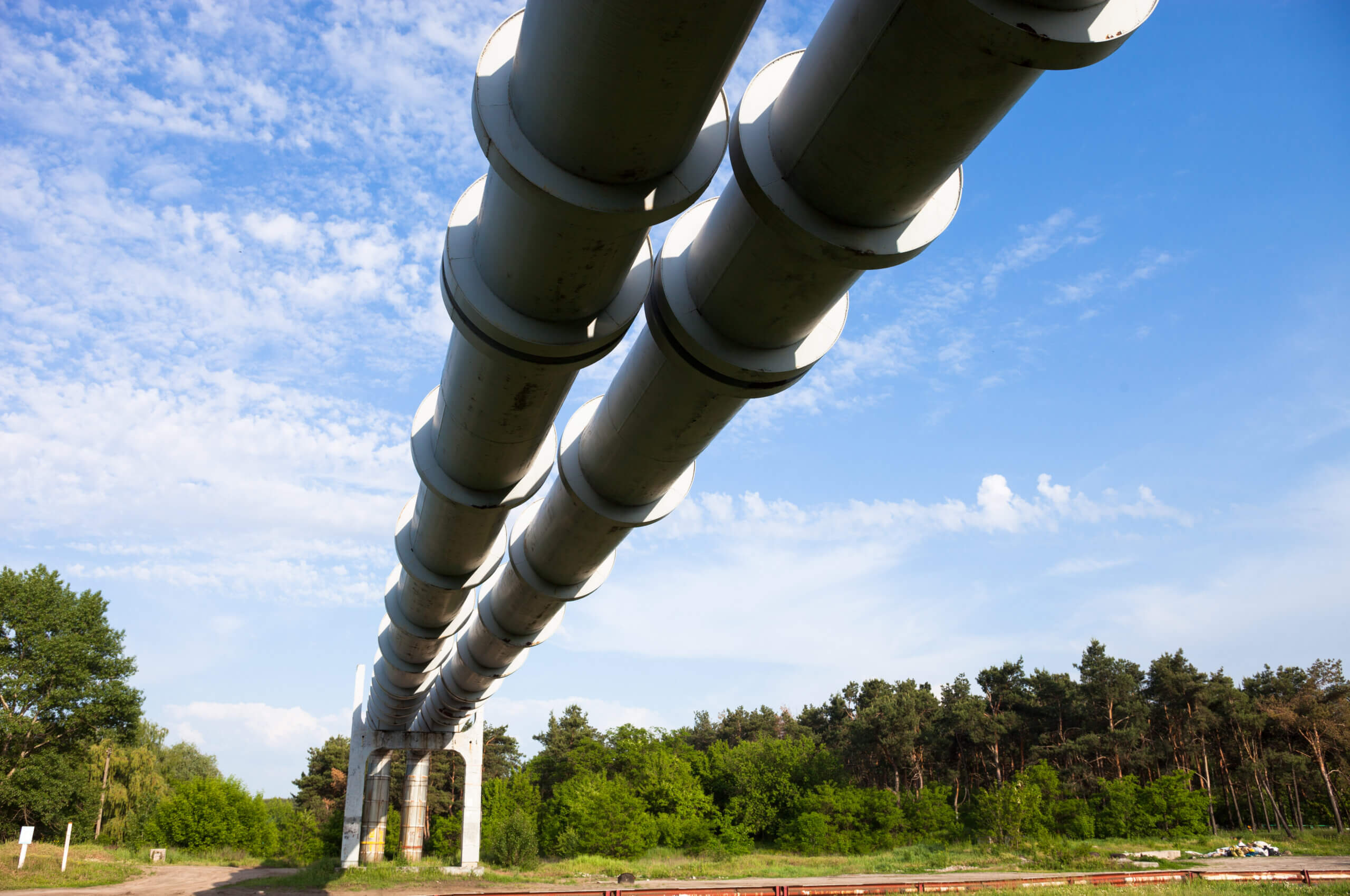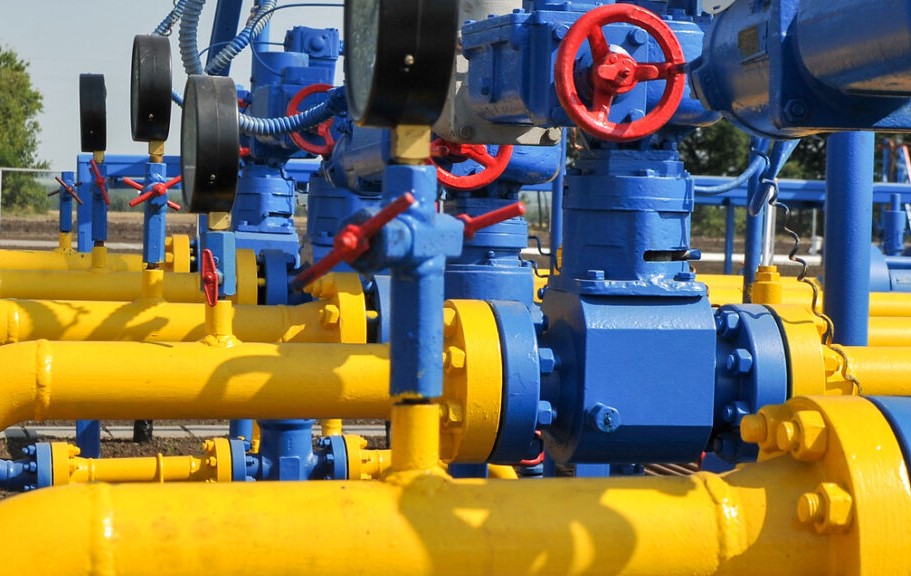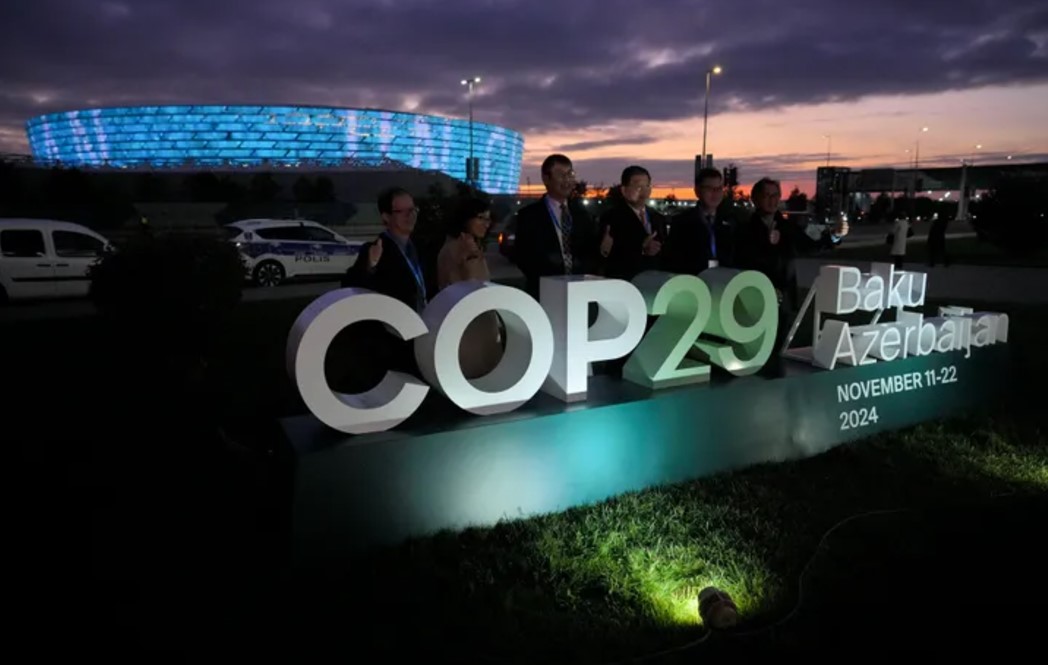Conflicting policies threatening the sustainability of Greece’s electricity model: short history and lessons learnt
By Nikos Mantzaris, Senior Policy Analyst, The Green Tank, Greece & Member of the Greek National Committee for Climate Change

By Nikos Mantzaris, Senior Policy Analyst, The Green Tank, Greece & Member of the Greek National Committee for Climate Change

Springs, which bring groundwater to the surface and support a host of unique species, are disappearing globally, victims of development and drought. Researchers are working to document and map these life-giving habitats in an effort to save them before they are gone.
On the coast of Newfoundland, waste from a shuttered asbestos mine has been a troubling source of contamination for decades. Now, a company plans to process the waste to draw CO2 from the air — one of several projects worldwide that aim to turn this liability into an asset.
The report below based on data from US shows that this effect is small and diminishing in space and time
Ammonia has been widely used as a fertilizer for the last century. Now, using renewable energy and a new method for making ammonia, researchers and entrepreneurs believe “green” ammonia can become a significant clean fuel source for generating electricity and powering ships.
By Adrian Odenweller & Falko Ueckerdt Potsdam Institute for Climate Impact Research, Member of the Leibniz Association, Potsdam, Germany
As studies show far more natural hydrogen underground than believed, well-funded efforts to drill for the gas are underway around the globe. Boosters see a plentiful green replacement for fossil fuels, but skeptics say its large-scale use may not be practical or cost-effective.
Climate change is aggravating water scarcity worldwide. In rural households lacking access to running water, women often bear the responsibility for its collection, with adverse effects on their well being through long daily time commitments, physical strain and mental distress. Here we show that rising temperatures will exacerbate this water collection burden globally.
By Dr James Jeffs and Chingis Idrissov
Η κατασκευή σκυροδέματος ευθύνεται για το 8% των παγκόσμιων εκπομπών άνθρακα, κυρίως εξαιτίας του συστατικό «κλίνκερ»*. Η παγκόσμια ζήτηση για τσιμέντο (βασικό συστατικό του σκυροδέματος) αναμένεται νααυξηθεί κατά 48% από 4,2 δισ. σε 6,2 δισ. τόνους έως το 2050, με βασικό όχημα τις αναπτυσσόμενες χώρες. Μεταξύ 2011 και 2013, η Κίνα χρησιμοποίησε περισσότερο σκυρόδεμα από ό,τι οι Ηνωμένες Πολιτείες ολόκληρο τον 20ό αιώνα.
The need to abate the increasing concentration of CO2 in the atmosphere requires the development of new inexpensive and highly selective technologies to reduce emissions. Zeolites is one of the materials proposed in recent years.
Σε μια πανηγυρική τελετή στο πλαίσιο της Ευρωπαϊκής Πράσινης Εβδομάδας στις Βρυξέλλες πραγματοποιήθηκε η απονομή των Βραβείων LIFE 2025.

Η European Hydrogen Backbone (EHB) προτείνει πέντε πιθανούς διαδρόμους εφοδιασμού υδρογόνου για την επίτευξη των επιταχυνόμενων στόχων απανθρακοποίησης της Ευρώπης ως το 2030

Παρά την μεγάλη αύξηση στην παραγωγή πράσινης ενέργειας από την Κίνα, υπάρχουν δυσοίωνες προβλέψεις που δείχνουν ότι η ζήτηση για ορυκτά καύσιμα στις ασιατικές χώρες θα ενταθεί συνολικά.

Τα αποτελέσματα της Διάσκεψης COP29 δεν ήταν ούτε εξαιρετικά καλά, ούτε εντελώς καταστροφικά. Η βασική απόφαση των συνέδρων ήταν ένας νέος «συλλογικός, ποσοτικοποιημένος στόχος» για την αντιμετώπιση της κλιματικής αλλαγής, ο οποίος θα αντικαταστήσει την ισχύουσα παγκόσμια συμφωνία για την παροχή 100 δισ δολαρίων ετησίως στα φτωχότερα κράτη προκειμένου να προσαρμοστούν.

Ενώ ο κόσμος αγωνίζεται να εξασφαλίσει πολύτιμα μέταλλα για την κατασκευή μπαταριών για ηλεκτρικά αυτοκίνητα, η Ιαπωνία φαίνεται πως έπιασε το τζάκποτ μετά την ανακάλυψη κοιτασμάτων εκατοντάδων εκατομμυρίων τόνων πολύτιμων μετάλλων.
